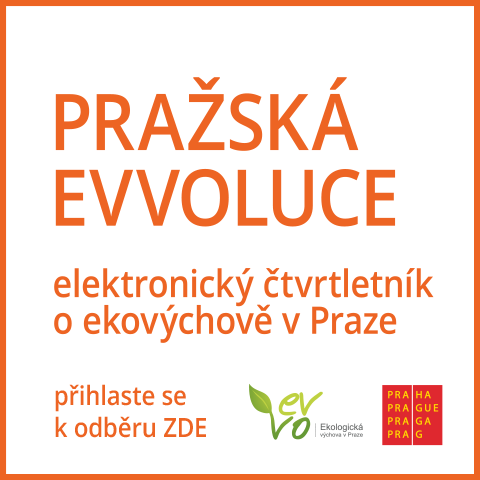Tiskové zprávy
WWF: První větrná farma v jihovýchodní Asii zahájila provoz
The opening of Southeast Asia’s first wind farm in the Philippines is a vital step forward in efforts to promote renewable energy in some of the world’s fastest growing economies, according to WWF.
Together with Northwind Power Development Cooperation (NorthWind), WWF-Philippines celebrated the commissioning of the US$44 million, 25MW project, which is now ready to supply electricity to the Ilocos Norte Electric Cooperative.
“The future of Southeast Asian wind power starts here,” said Atty Ferdinand Dumlao, chairman of NorthWind. “We see huge potential for this technology in the Philippines and beyond.”
WWF estimates that the Philippines could save US$2.9 billion in avoided fossil-fuel imports over the next ten years if the country’s vast renewable energy resources are tapped. According to an analysis done by WWF's PowerSwitch! campaign, the wind resource potential could be as much as 7,400MW in the Philippines, enough to power 19 million homes.
This potential is already under development. Later this year, the Philippines National Oil Company will start constructing a 40MW wind farm near to the Northwind site. Smith-Bell RESCO will soon start the construction of a 30MW wind farm in San Carlos City, Negros Occidental. And WWF, in collaboration with private sector partners, is also developing two wind farms in Panay.
A new Philippines Renewable Energy Bill, strongly supported by WWF and Northwind, is expected to be passed by the Filipino government later this year increasing the opportunities for wind power.
“Wind power takes us one crucial step closer to energy independence," said WWF-Philippines President Lory Tan.
"This, in turn, builds economic strength by stabilizing business costs, insulating us from pollution and the unpredictable prices of imported oil and coal, while preserving foreign exchange for other more critical needs.”
But wind power is not just being developed in the Philippines, but is picking up speed throughout Asia.
South Korea inaugurated its first wind farm in 2005. In February 2005, China passed a Renewable Energy Law to drive the government’s target of 20,000MW of wind power by the year 2020. And as of March 2005, India already has 3,595MW of wind power, making it fifth largest win generator globally.
“Across Asia-Pacific the message is the same – spiralling coal and oil prices and dependency upon imported fuels, combined with health and environmental risks are forcing governments to radically rethink the way they supply their people with energy,” said Liam Salter, WWF International's Regional Climate and Energy Programme Director.
“Wind and other renewables are central to a new way of thinking – we predict the trend will continue.”
Together with Northwind Power Development Cooperation (NorthWind), WWF-Philippines celebrated the commissioning of the US$44 million, 25MW project, which is now ready to supply electricity to the Ilocos Norte Electric Cooperative.
“The future of Southeast Asian wind power starts here,” said Atty Ferdinand Dumlao, chairman of NorthWind. “We see huge potential for this technology in the Philippines and beyond.”
WWF estimates that the Philippines could save US$2.9 billion in avoided fossil-fuel imports over the next ten years if the country’s vast renewable energy resources are tapped. According to an analysis done by WWF's PowerSwitch! campaign, the wind resource potential could be as much as 7,400MW in the Philippines, enough to power 19 million homes.
This potential is already under development. Later this year, the Philippines National Oil Company will start constructing a 40MW wind farm near to the Northwind site. Smith-Bell RESCO will soon start the construction of a 30MW wind farm in San Carlos City, Negros Occidental. And WWF, in collaboration with private sector partners, is also developing two wind farms in Panay.
A new Philippines Renewable Energy Bill, strongly supported by WWF and Northwind, is expected to be passed by the Filipino government later this year increasing the opportunities for wind power.
“Wind power takes us one crucial step closer to energy independence," said WWF-Philippines President Lory Tan.
"This, in turn, builds economic strength by stabilizing business costs, insulating us from pollution and the unpredictable prices of imported oil and coal, while preserving foreign exchange for other more critical needs.”
But wind power is not just being developed in the Philippines, but is picking up speed throughout Asia.
South Korea inaugurated its first wind farm in 2005. In February 2005, China passed a Renewable Energy Law to drive the government’s target of 20,000MW of wind power by the year 2020. And as of March 2005, India already has 3,595MW of wind power, making it fifth largest win generator globally.
“Across Asia-Pacific the message is the same – spiralling coal and oil prices and dependency upon imported fuels, combined with health and environmental risks are forcing governments to radically rethink the way they supply their people with energy,” said Liam Salter, WWF International's Regional Climate and Energy Programme Director.
“Wind and other renewables are central to a new way of thinking – we predict the trend will continue.”
Tento článek patří do kategorie |
Online diskuse
Redakce Ekolistu vítá čtenářské názory, komentáře a postřehy. Tím, že zde publikujete svůj příspěvek, se ale zároveň zavazujete dodržovat pravidla diskuse. V případě porušení si redakce vyhrazuje právo smazat diskusní příspěvěk





